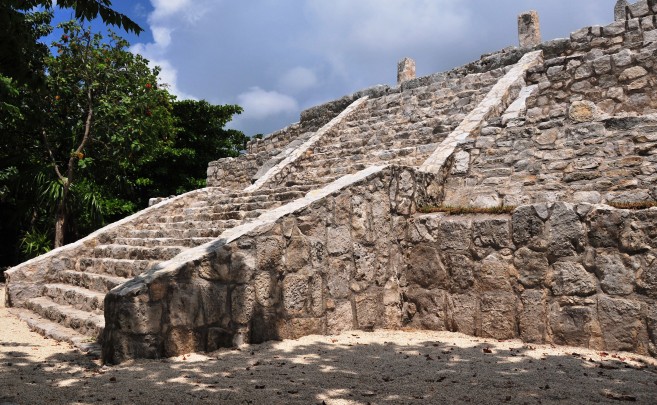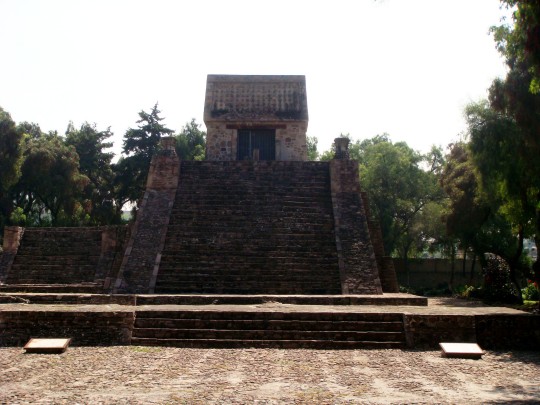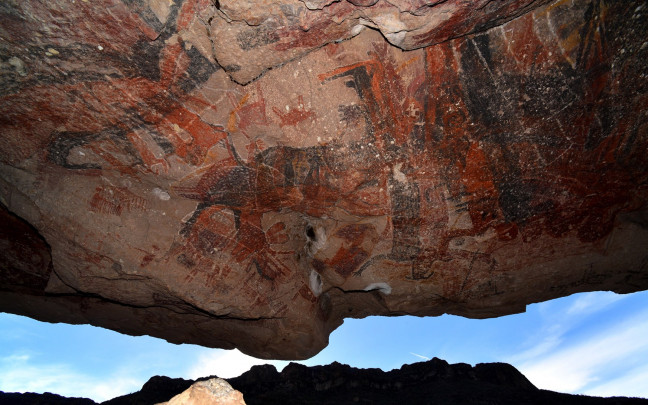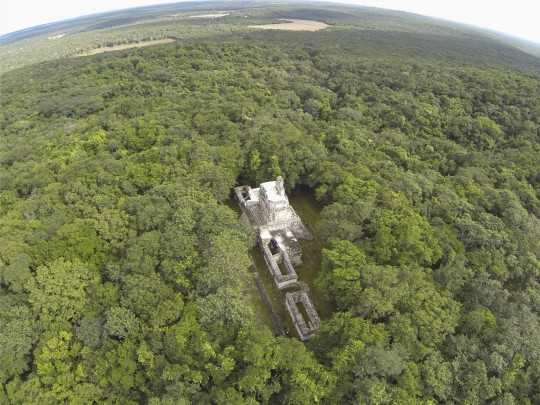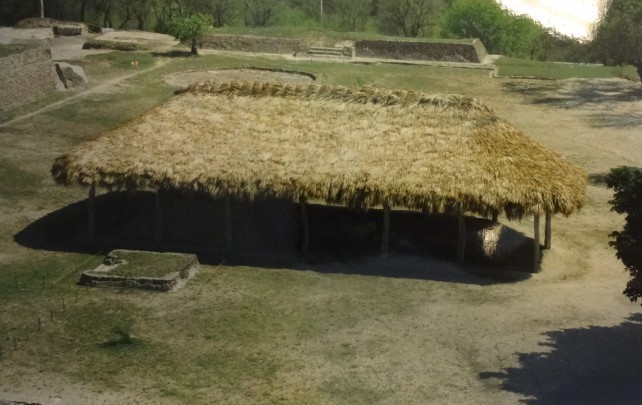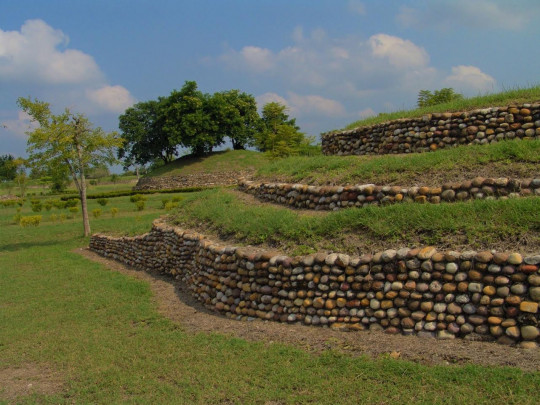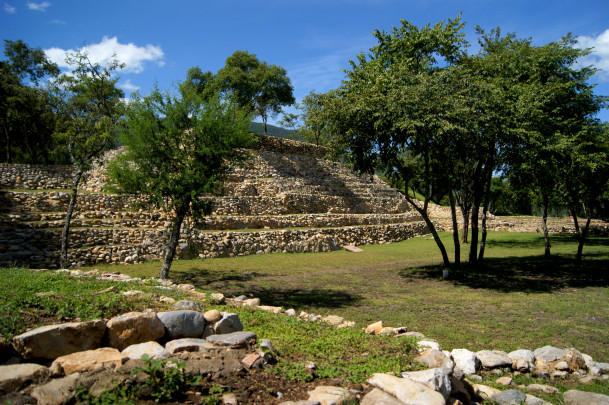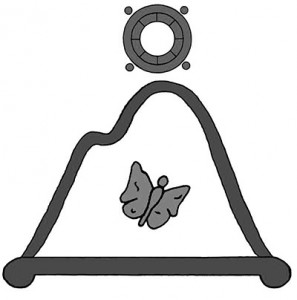189 Sites
An ancient city, eight centuries old, where explorers found an impressive palace of the god Chaac, almost 50 burial sites and a great variety of artefacts, some local and others imported from afar (made of obsidian, quartz, ceramic, coral and conch shell), testifying to its commercial importance.
Quintana Roo
An important lakeside site dependent on Tenayuca, the Chichimec capital. There is an important reconstructed teocalli (pyramid) surmounted by a temple. The original preceded the building of the Great Teocalli of Tenochtitlan. It also houses a large collection of stone sculptures in the Mexica tradition.
Estado de México
Notable settlement in the Puuc region, with examples of the particularly fine Puuc architectural style. Remarkable for the Great Palace or North Palace, which displays portions of consistent facades erected at successive stages, over a period of twelve centuries.
Yucatán
The area has some of the richest and most ancient cave paintings in the world. Dating back 8,800 years, these prehistoric paintings are in gullies, ravines and caves. They are remarkable for their size, quality and condition. The cave paintings were declared a UNESCO World Heritage Site in 1993.
Baja California Sur
Built from river stones and adobe, this ancient city might once have been as important as Teotihuacan. 2,500 years ago it was the capital of the Costa Grande in the present-day state of Guerrero. Inhabited by Tomils, Cuitlatecs and Tepoztecs, it has a partially excavated ballcourt which could be the largest in Mesoamerica.
Guerrero
Monumental architecture in the Chenes style, the principal structure or Palace-Temple has a superb facade with designs of animals. Its inhabitants had incredible skills for supplying water to the community by drawing from two springs deep in caves as well as constructing a series of chultunes (cisterns) for collecting rainwater.
Campeche
Important Huastec center (1100-1300 AD). The aesthetic sensibility of this culture is evident from its mural paintings, the delicate work with sea shells and conch, pottery, work with precious metals and sculpture such as “The Huastec Youth.” River trade was important, given its location on the banks of a river.
San Luis Potosí
Located in the Huasteca Potosina region (900-1100 AD), with significant river trade, the site is remarkable for its pyramids, monoliths, stelae, mural paintings, the use of the calendar, circular buildings and amazing stone sculptures, such as the Venus of Tamtoc, which speaks of the important role of women.
San Luis Potosí
In the heart of the Sierra Gorda, it had a long period of occupation (200 BC – 900 AD). It has three large plazas and 56 structures. At the winter solstice the Sun becomes aligned with the Cerro Alto hill. Marvelous views of the surrounding landscape.
Querétaro

